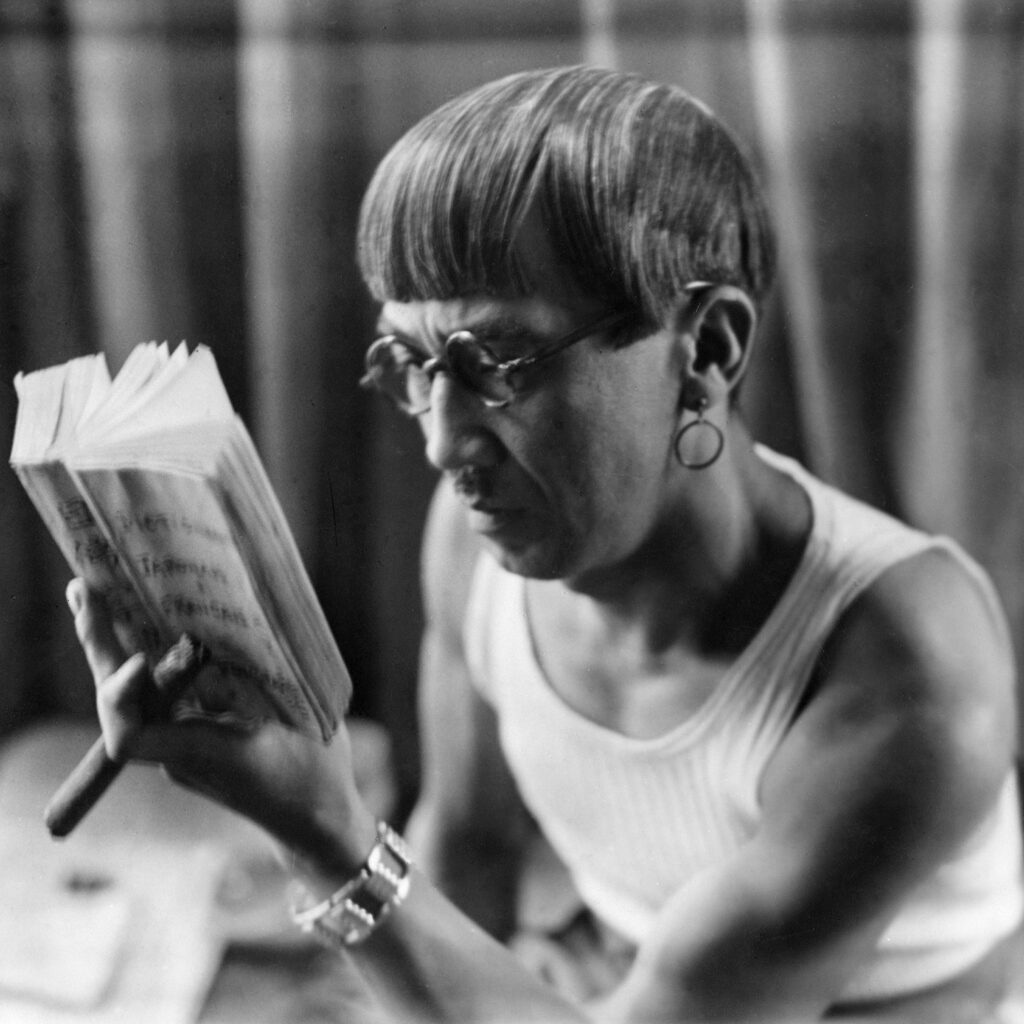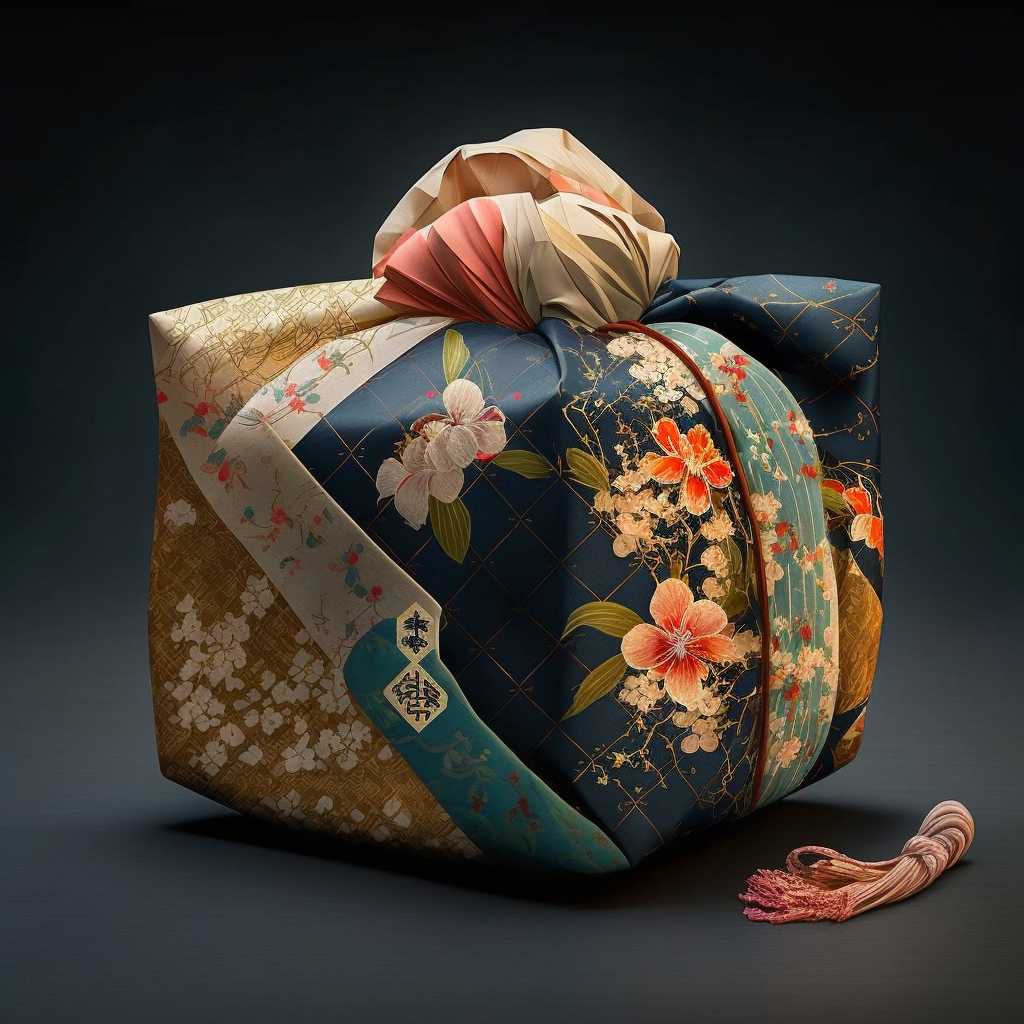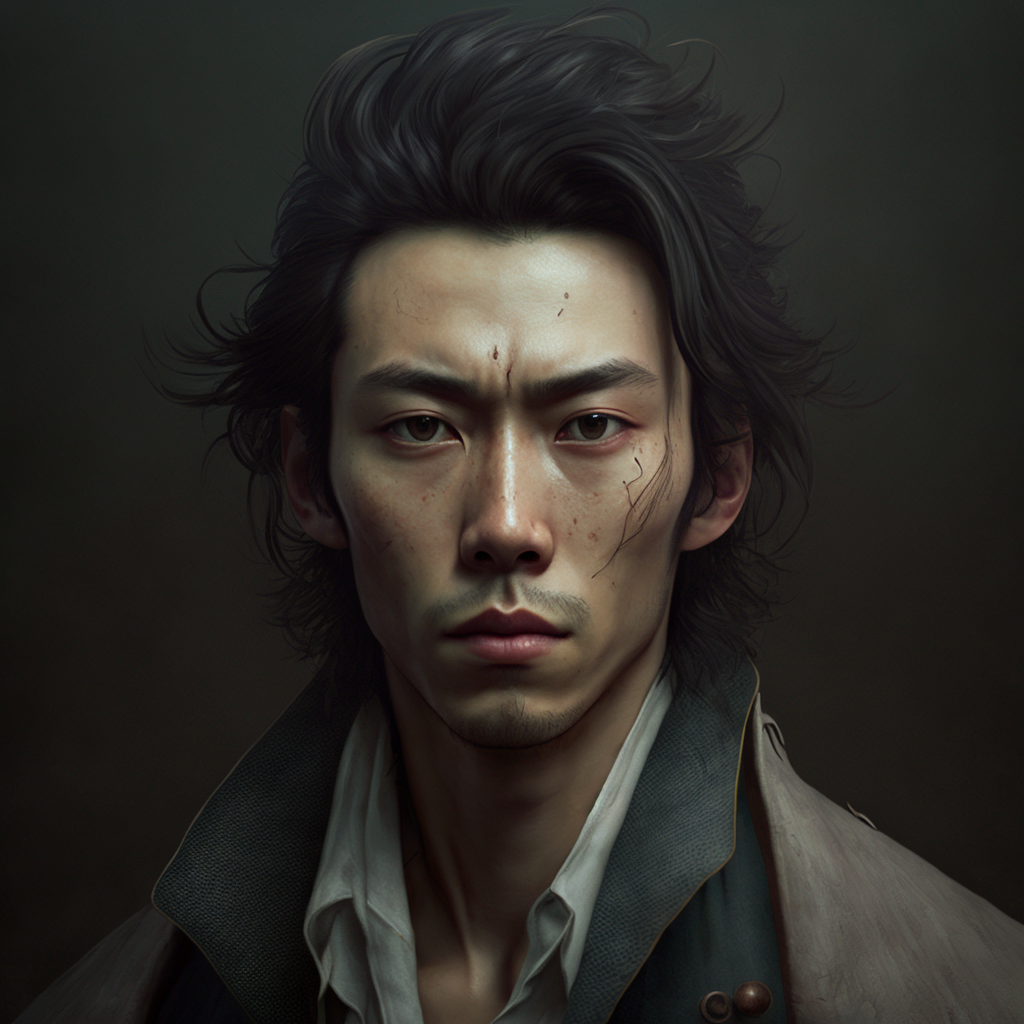Fujita Tsuguharu, a Japanese-born artist who gained worldwide recognition, left an indelible mark on the history of 20th century art. His unique artistic career, marked by an exceptional mastery of different styles, materials and cultures, reveals a prolific and resolutely eclectic artist. From his birth in Japan to his blossoming in France, this article explores in detail the life, work and legacy of the painter Fujita Tsuguharu.
Youth and Training:
Born in 1886 in Takatsuki, Japan, Fujita Tsuguharu first studied at the Tokyo School of Fine Arts before deciding to go abroad to perfect his art. It was in 1913 that he settled in Paris, a city that was to become the center of his artistic career and his development.
The Parisian Years:
In Paris, Fujita Tsuguharu immersed himself in the creative effervescence of the time. He was influenced by artistic currents such as Fauvism and Cubism, and became friends with renowned artists such as Modigliani, Picasso and Léger. His work from this period is marked by bold compositions, bright colors and an exploration of form and space.
Modern Renaissance Elegance:
One of the distinctive characteristics of Fujita’s work is his ability to merge elements of the past and the present. He was influenced both by the masters of the Italian Renaissance and by contemporary artistic effervescence. This unique combination has resulted in refined and elegant portraits, where modern models come to life in frames reminiscent of classic compositions.
Exploring Human Nature:
Fujita’s portraits did not just capture physical likeness, but sought to reveal the personality and soul of his subjects. His works are imbued with deep sensitivity and careful observation, offering an intimate insight into the human psyche.
An Artistic Journey Without Borders:
One of Fujita’s hallmarks is his ability to navigate between different artistic styles and cultures. In addition to his portraits, he explored themes such as still lifes, scenes of daily life and landscapes. His creative range testifies to his incessant curiosity and desire to push artistic boundaries.
Legacy and Recognition:
Fujita Tsuguharu left behind a rich and diverse artistic legacy. His works are exhibited in prestigious museums around the world, including the Musée d’Orsay in Paris. His eclectic background and keen sense of aesthetics have influenced many contemporary artists and continue to captivate art lovers.
The main works of Fujita
- Portrait of a young woman (Anna Zborowska), 1918, private collection.
- Nude reclining on toile de Jouy, 1922, Musée d’art moderne de la Ville de Paris, donated by the artist in 1961.
- Self-portrait in the studio, 1926, Lyon Museum of Fine Arts.
- A bistro in Saint-Germain-des-Prés, 1958, private collection.
- The Young Girl with a Fruit Basket, 1960, private collection.
- The Two Friends, oil, 1926, Geneva, Petit Palais Museum.
- The Tamer and the Lion, 1930, Geneva, Petit Palais Museum.
Fujita Tsuguharu, the multi-talented artist with varied influences, has transcended geographic and artistic boundaries to create an exceptional body of art. His ability to fuse styles, cultures and eras has resulted in timeless works that continue to delight and inspire. His artistic career, from his beginnings in Japan to his international fame in Paris, testifies to his unwavering passion for art and his relentless quest for beauty and meaning.



